Steep slopes present all kinds of challenges, no matter what the size of the property.
Friends of mine here in Columbia are struggling with that particular headache on an otherwise lovely, wooded two-acre property they are developing into a new tiny house community. The plan is to offer affordable, small-footprint, ecologically conscious housing. It’s really an inspiring project and what this town badly needs, but the work on the property has been slowed down by a few challenges on the site, one of them an erosion-prone, very steep sandy slope along the western boundary. The owner of the neighboring property — located at the top of the slope from the tiny house development — has used his land as a depositing site for sand from construction sites in town. When it rains, whoosh — that sand is washed down to the tiny house property. There’s about three feet of deposited sand on this side of the property, which is a challenge, even just for the builders constructing the house foundations. And look at the slope itself: just bare. Barely there. The next rainstorm will again wash off the next layer of it.
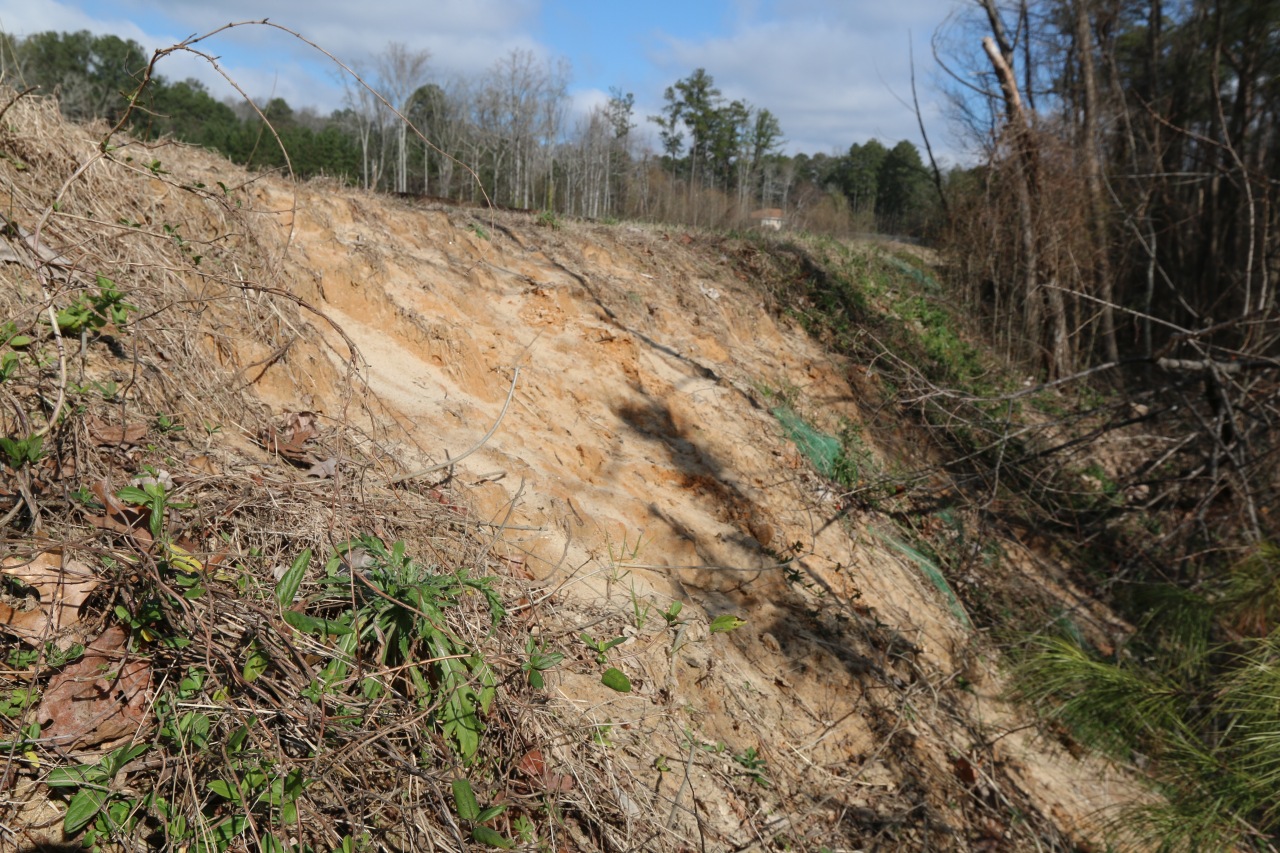
Before
I was asked to develop a permaculture solution to stabilize the slope. What I proposed was a low, living wattle fence using what’s called live stake propagation to hold back any further sand deposits onto the property and for general erosion control. This is a soil bioengineering technique that has been successfully used to stabilize riverbanks and other steep slopes, for example in this project by Oliver Kellhammer, and here and here. It involves planting live cuttings, which are leafless stem cuttings of fast-rooting deciduous woody species such as willow and cottonwood. The cuttings are harvested in the winter or early spring when the trees are in a dormant state, and are planted into the slope 3-4 feet apart. Other slender cuttings or whips are stacked horizontally to create a “fence,” and then you back-fill the space with soil, creating small terraces. Soon the cuttings begin to sprout and put down roots, and the resulting root mat is what holds the soil together.
Not having access to a native willow stand, I ordered cuttings from the wonderful Ernst Conservation Seeds, which specializes in plants for land restoration and conservation projects. The primary species I used were:
- Streamco willow
- black poplar
- dogwood
- elderberry (to add an edible function to this living erosion hedge)
The cuttings are best at 0.5-1.5 inch in diameter. The length can vary, but they should have at least two leaf nodes above the ground when planted. During transportation and storage, the cuttings have to be kept moist and shaded. Pre-soaking them before planting dramatically increases the survival rate of the plantings, as it will initiate root growth. Most sources recommend 7 to 10 days of soaking, or a minimum of 24 hours.
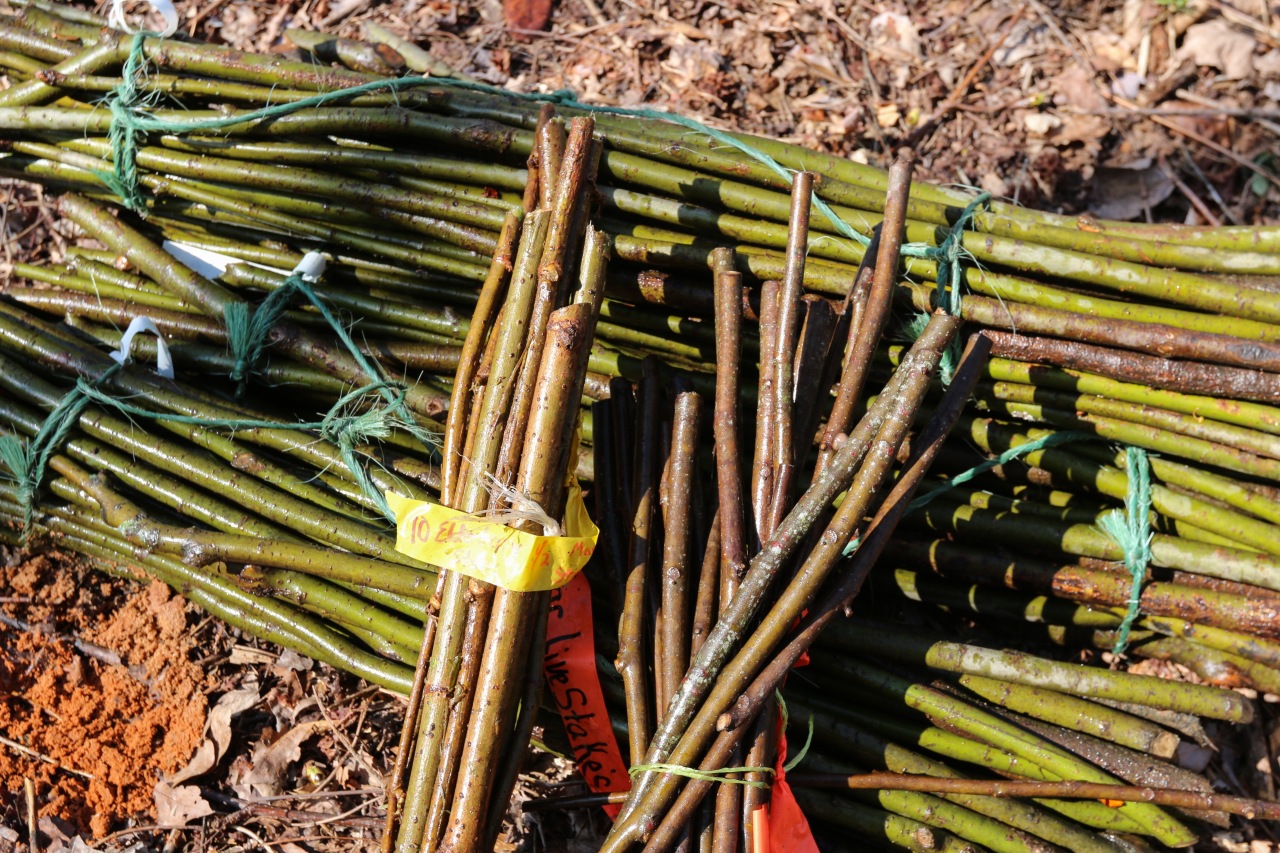 Cuttings are planted in the early spring. They should be planted so that 2/3 of the cutting is below ground. I was initially nervous about whether I’d be able to drive the cuttings that deep into the soil without some kind of a power auger or having to hammer them in, but this slope is really just runny, loose sand, so in most cases the cuttings went in with very little effort on my part. I filled the planting hole with a mix of topsoil and water to create good soil-to-stem contact. The other step that’s really critical at this stage is to correctly identify the top of the cutting, and not plant it upside down — that won’t work!
Cuttings are planted in the early spring. They should be planted so that 2/3 of the cutting is below ground. I was initially nervous about whether I’d be able to drive the cuttings that deep into the soil without some kind of a power auger or having to hammer them in, but this slope is really just runny, loose sand, so in most cases the cuttings went in with very little effort on my part. I filled the planting hole with a mix of topsoil and water to create good soil-to-stem contact. The other step that’s really critical at this stage is to correctly identify the top of the cutting, and not plant it upside down — that won’t work!
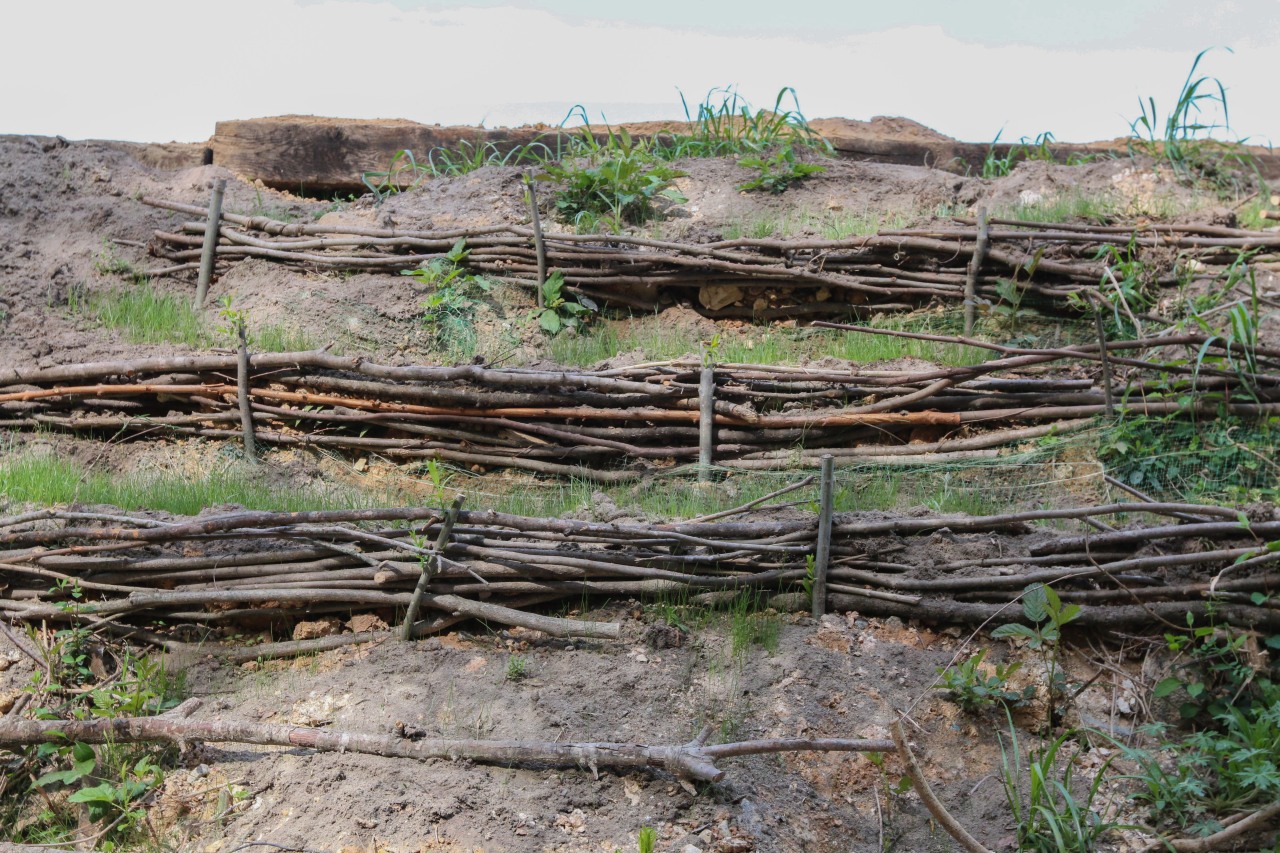
After
Honestly, planting the vertical cuttings was the easy part, even as there were 127 of them. The most labor-intensive part was sourcing, cutting and arranging the horizontal pieces, and filling in the terraces with soil. Thankfully, the same neighbor who created the problem in the first place brought over some good black topsoil from a cow farm. I mixed that into the little terraces, with the hope that it will prove to be a more fertile rooting medium than the sand. Lastly, I seeded the entire area with an erosion-control seed mix.
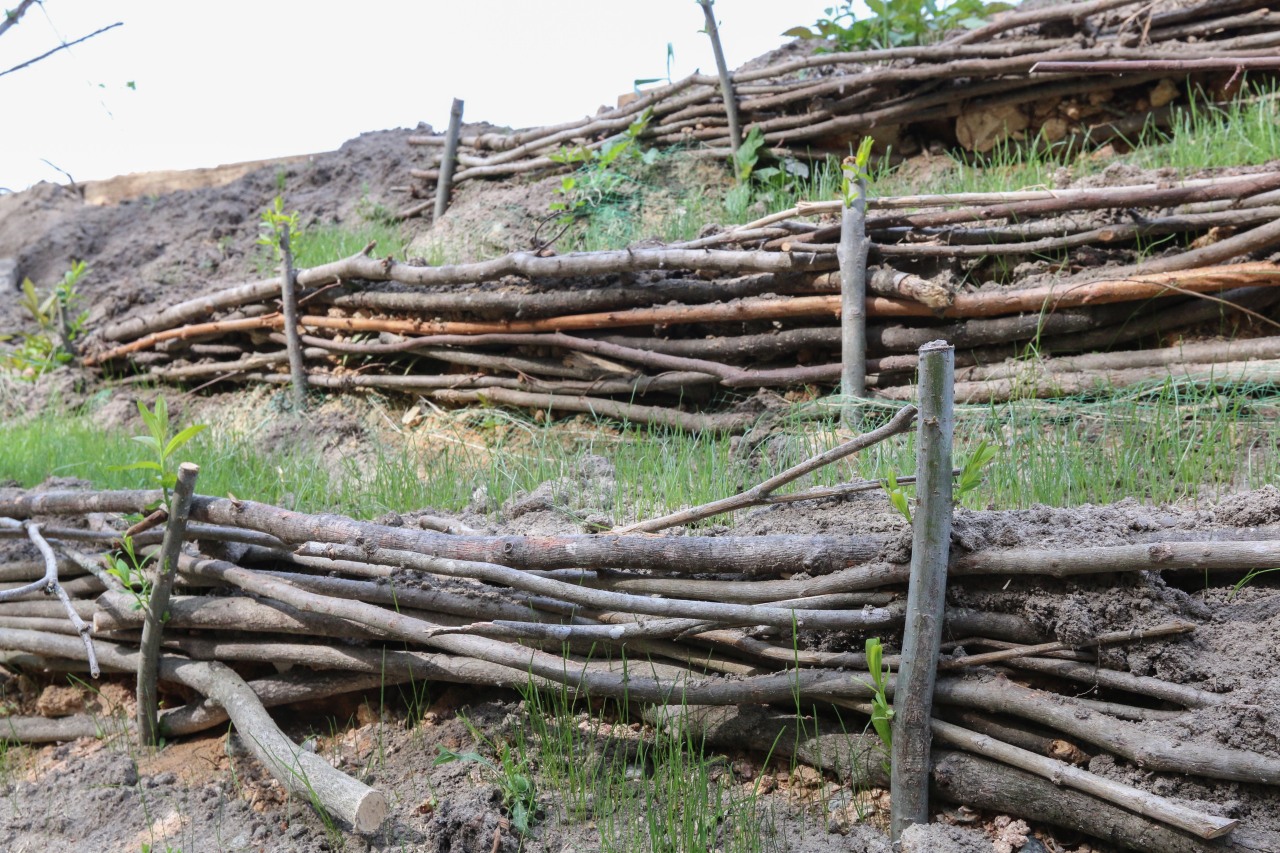
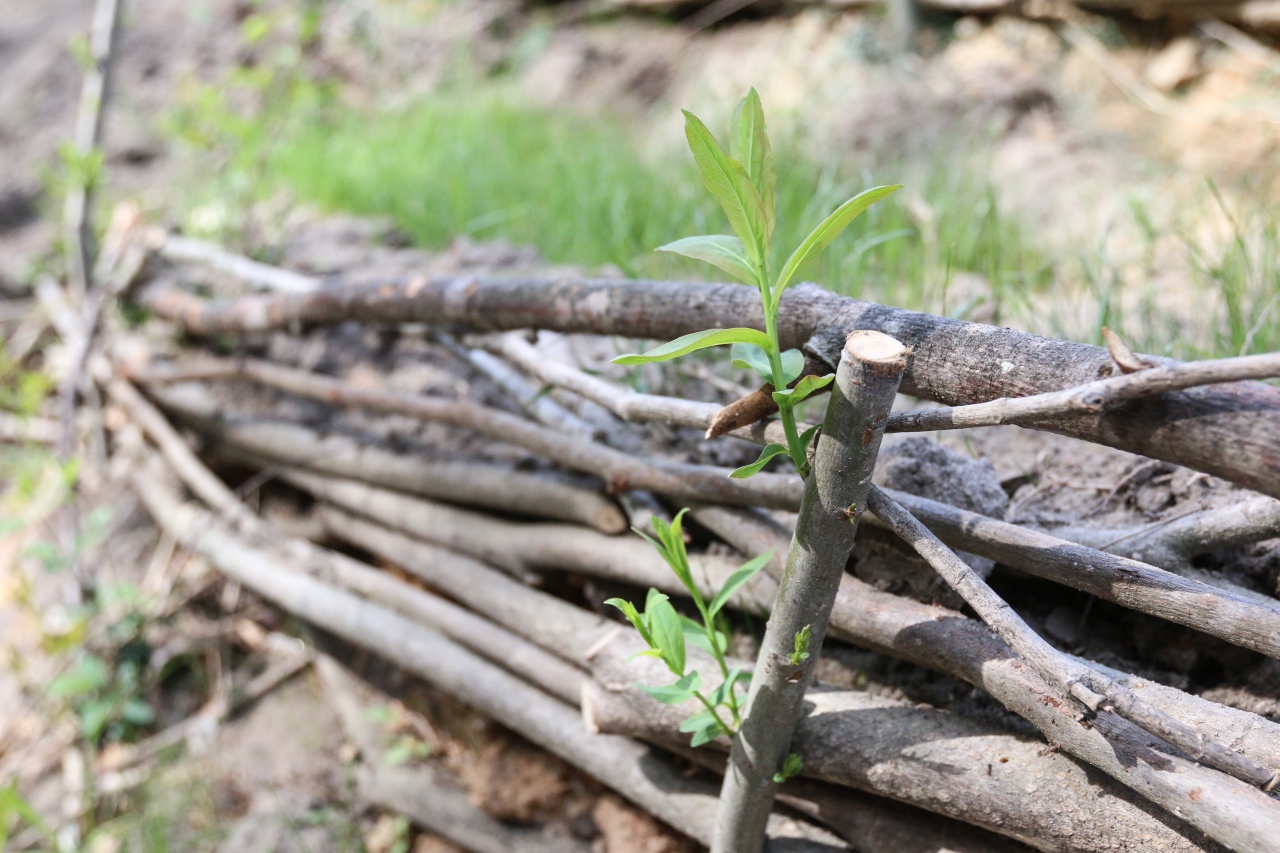
During my last visit, the live cuttings were already sprouting, and the seed mix has germinated. That means that millions of tiny little roots are beginning to spread out into the soil, ultimately forming a connected root mat that holds the soil in place, absorbs water during rains, establishes a green zone and eventually even a privacy hedge. Plus, once the elderberries begin to fruit, you can eat from it. Much better than concrete and rebar.
More resources for soil bioengineering through live stake propagation:
Harvesting, storing and transporting live cuttings
Live staking and joint planting
Soil bioengineering expert David F. Polster’s site

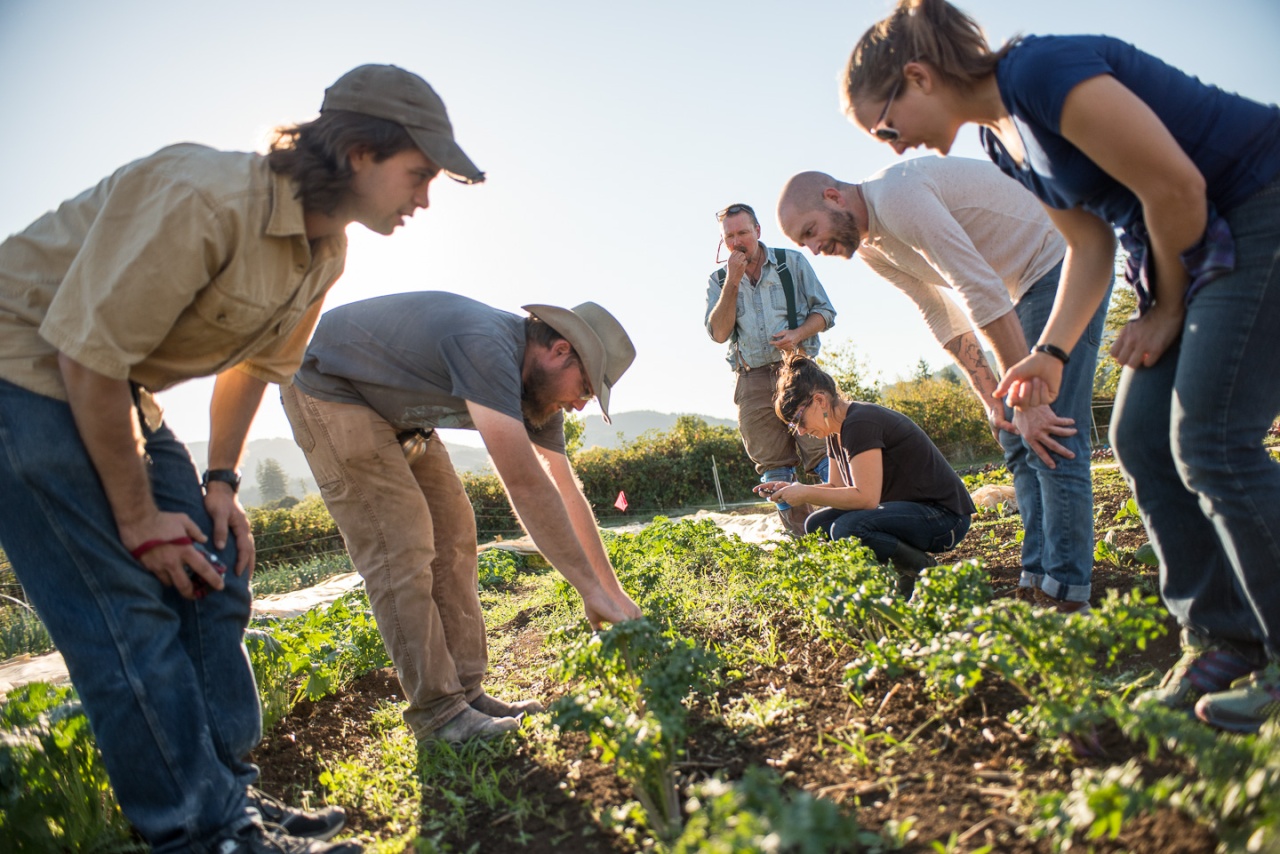
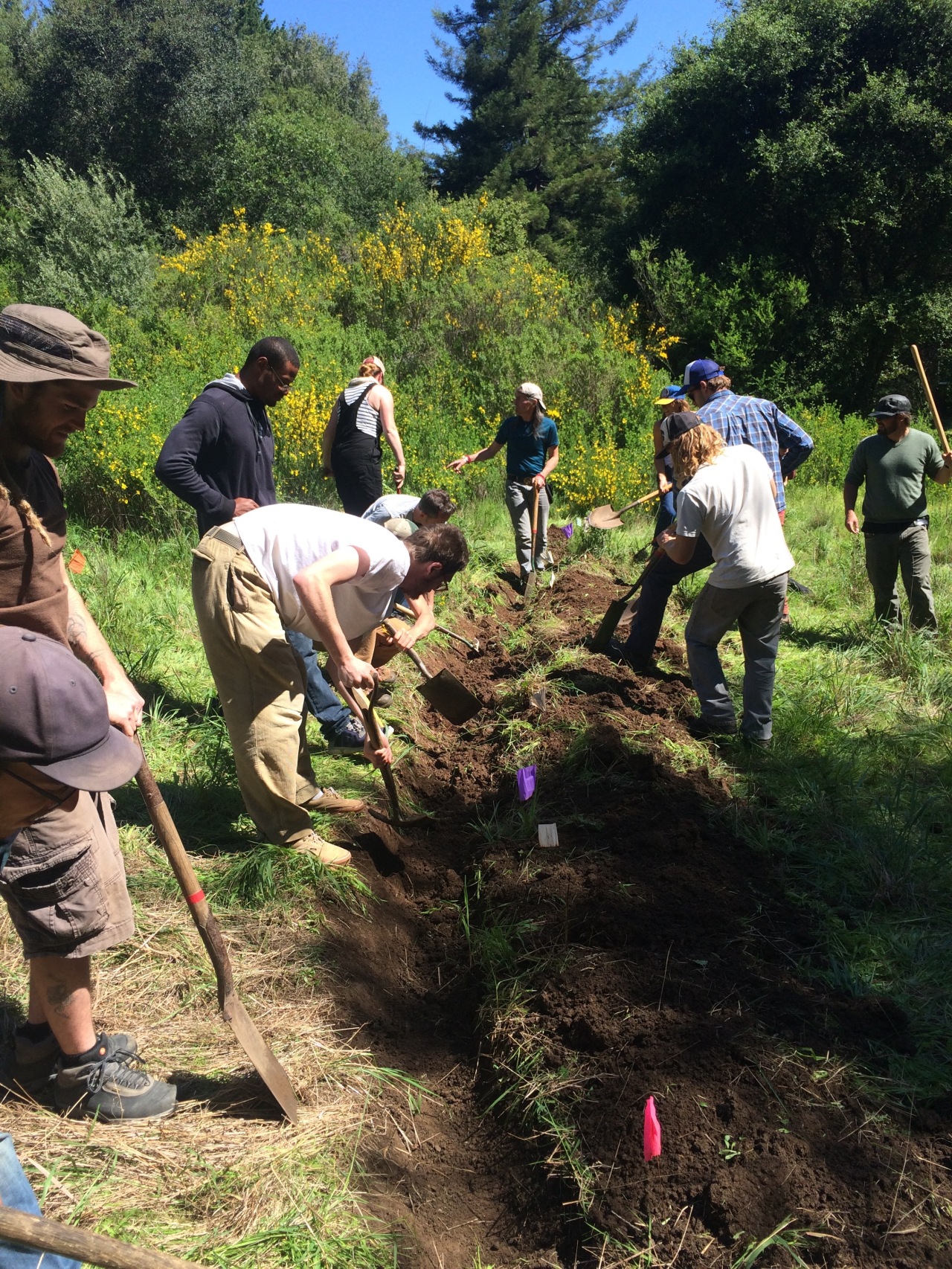
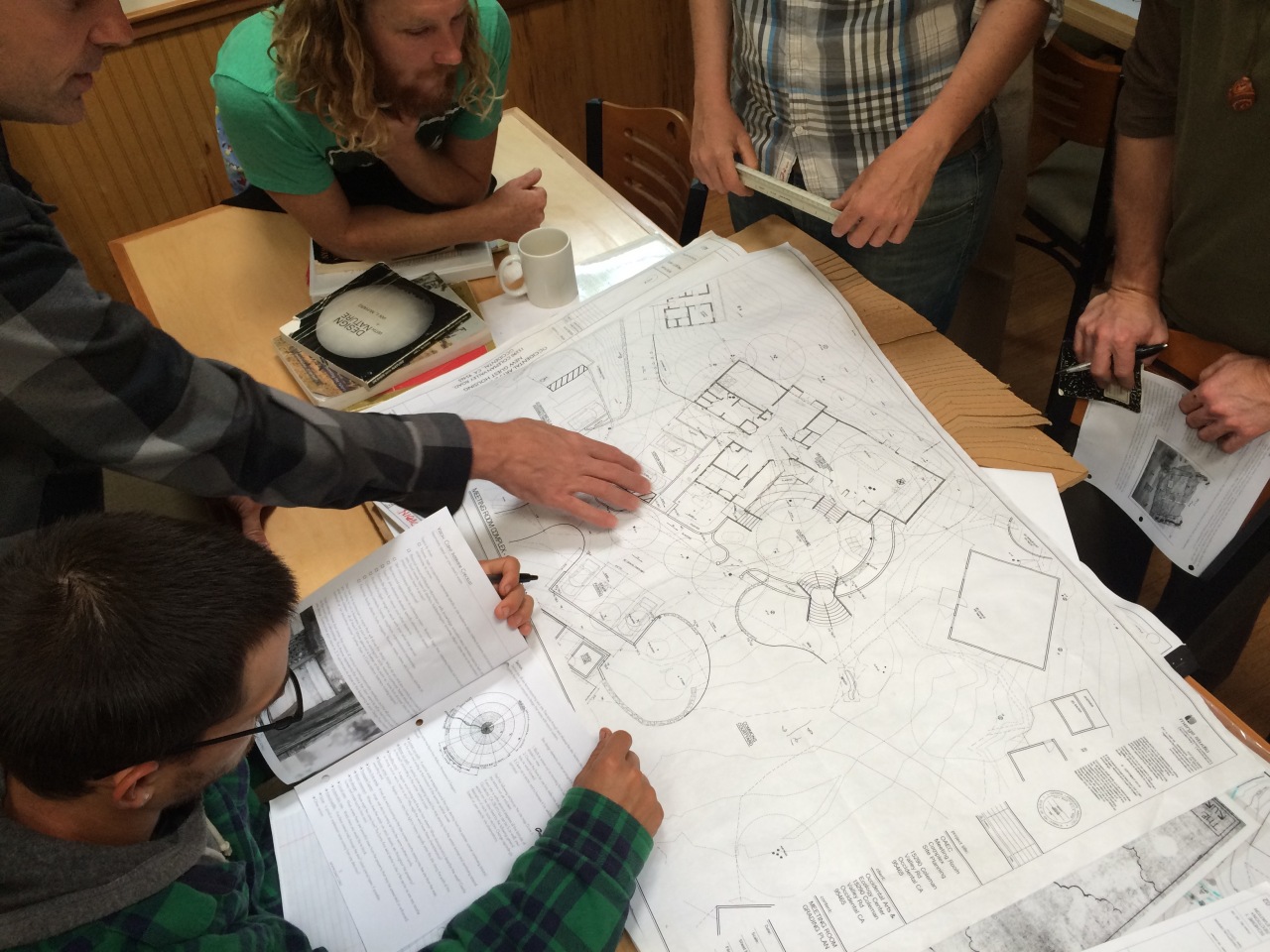
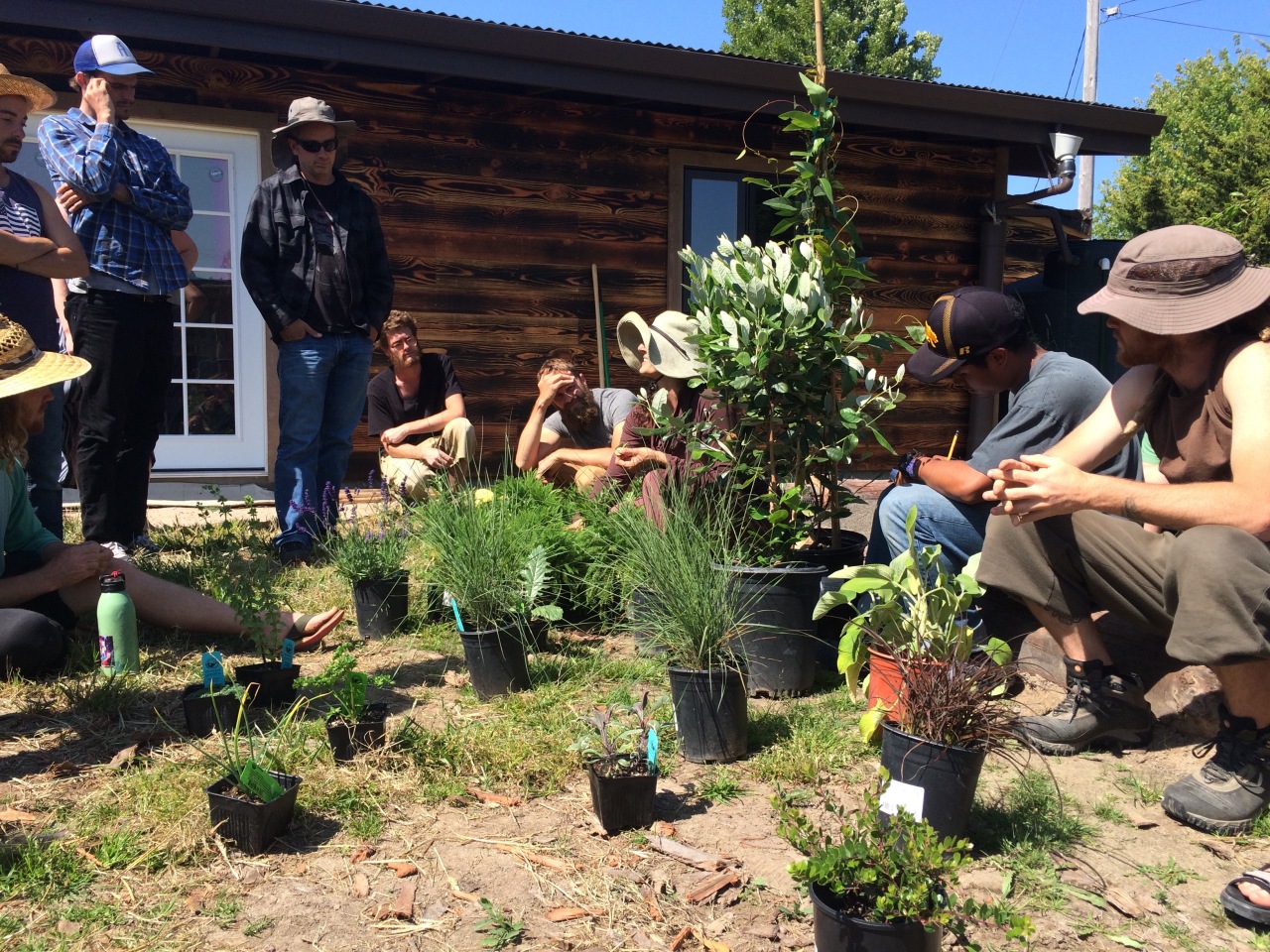
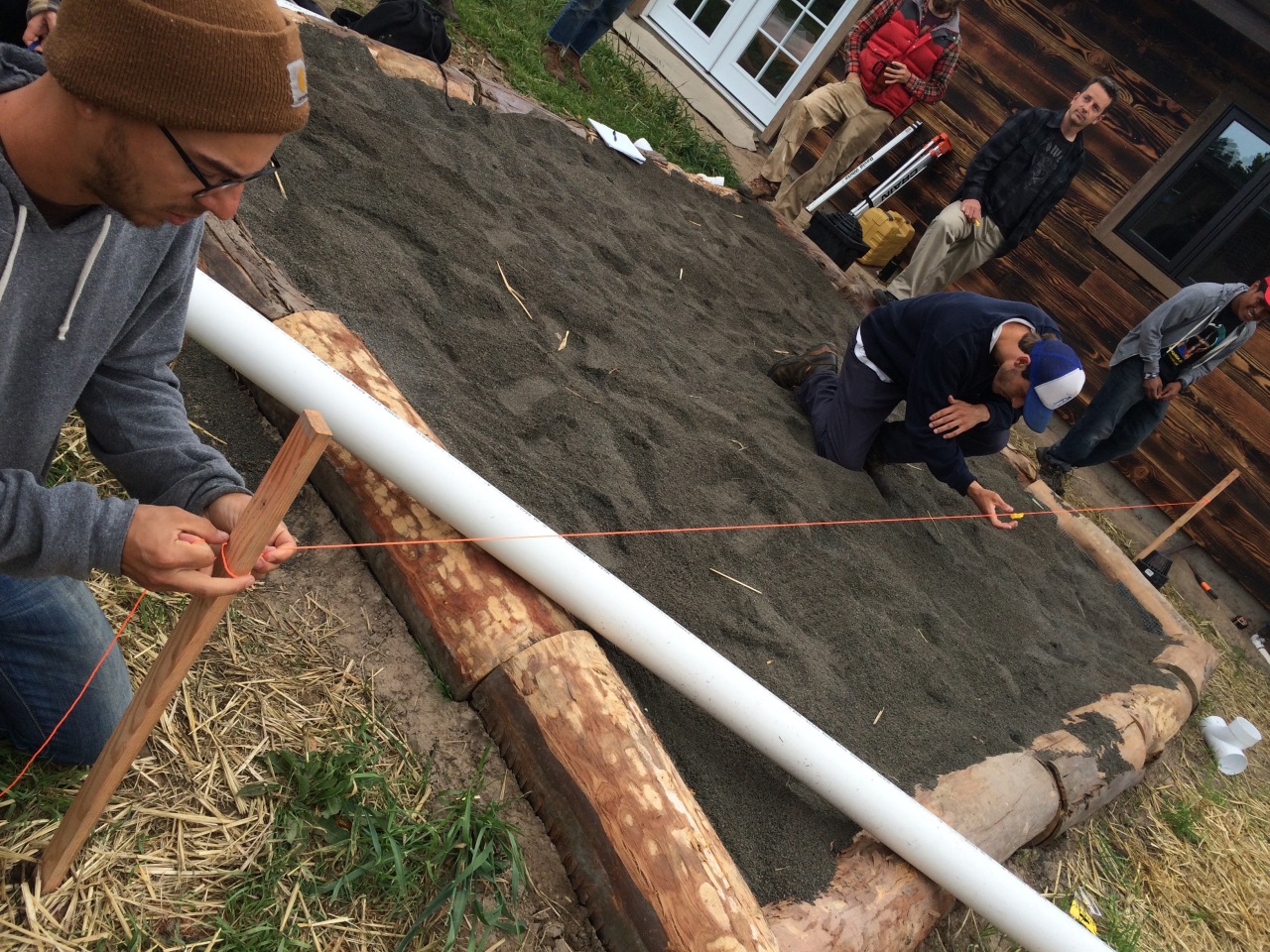
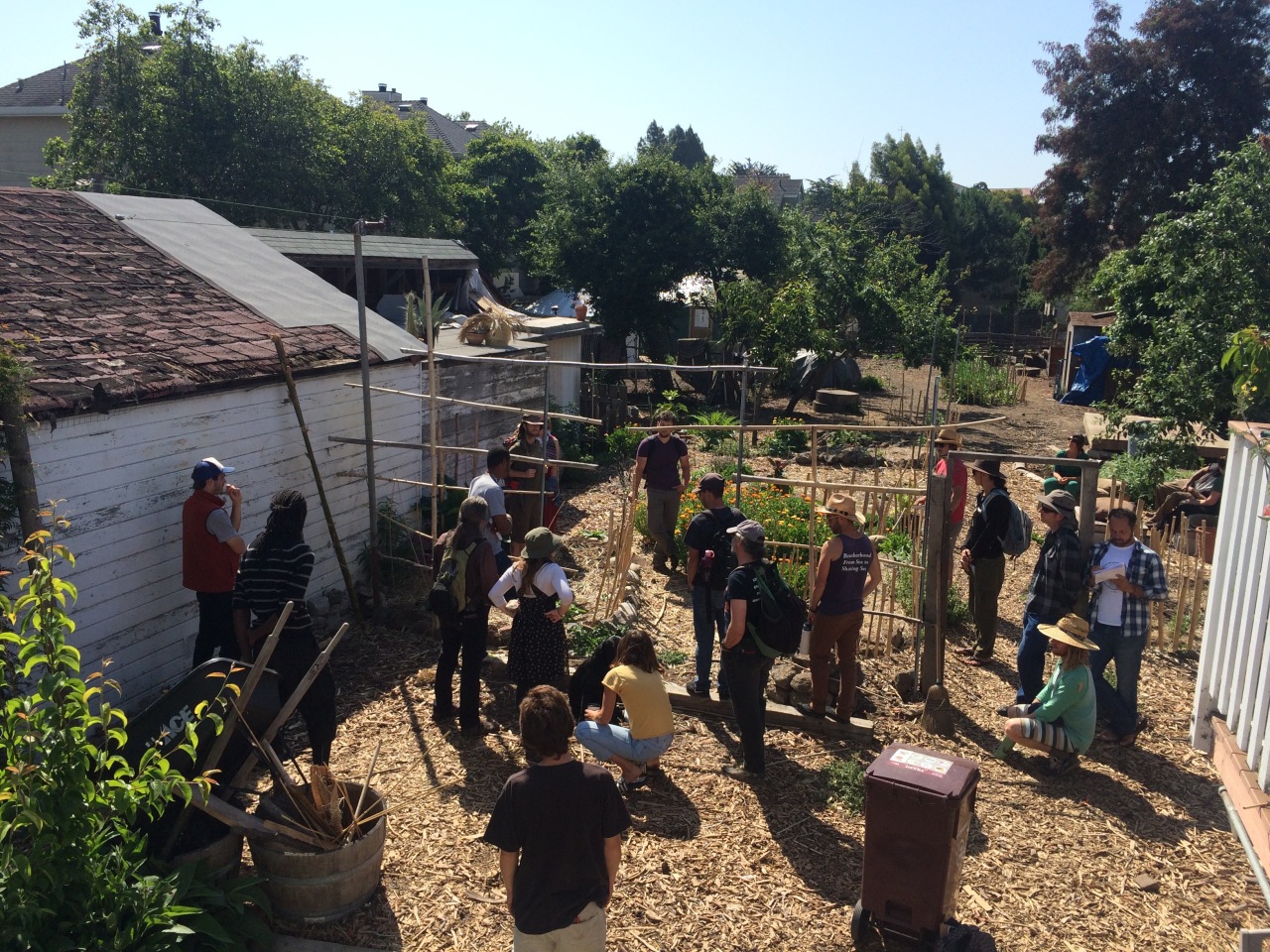
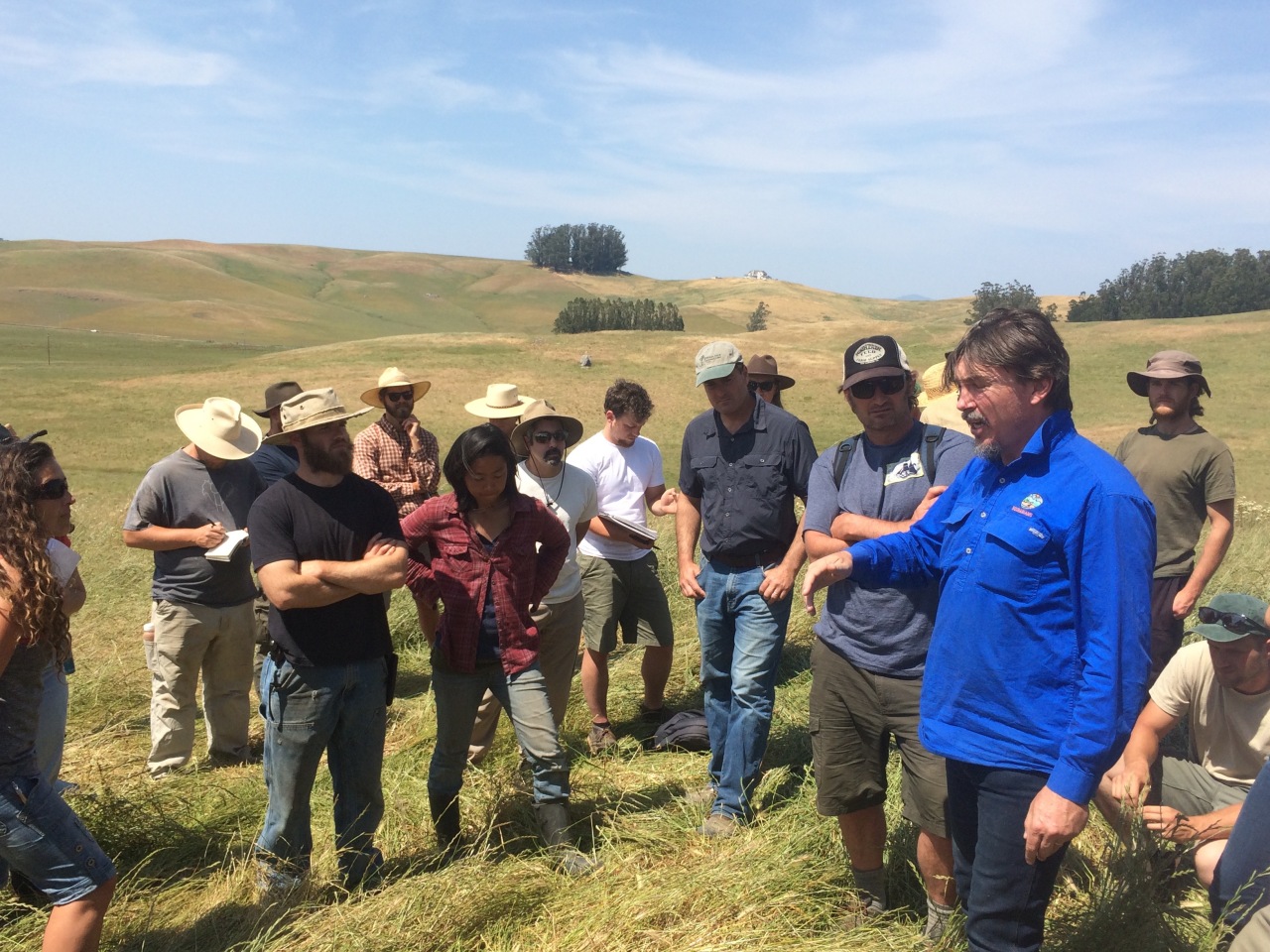

 Cuttings are planted in the early spring. They should be planted so that 2/3 of the cutting is below ground. I was initially nervous about whether I’d be able to drive the cuttings that deep into the soil without some kind of a power auger or having to hammer them in, but this slope is really just runny, loose sand, so in most cases the cuttings went in with very little effort on my part. I filled the planting hole with a mix of topsoil and water to create good soil-to-stem contact. The other step that’s really critical at this stage is to correctly identify the top of the cutting, and not plant it upside down — that won’t work!
Cuttings are planted in the early spring. They should be planted so that 2/3 of the cutting is below ground. I was initially nervous about whether I’d be able to drive the cuttings that deep into the soil without some kind of a power auger or having to hammer them in, but this slope is really just runny, loose sand, so in most cases the cuttings went in with very little effort on my part. I filled the planting hole with a mix of topsoil and water to create good soil-to-stem contact. The other step that’s really critical at this stage is to correctly identify the top of the cutting, and not plant it upside down — that won’t work!


 This is a transition that I’ve been quietly preparing for for a long time. Many, many months of discerning what it is that I’d most like to do to contribute to the solutions that I see as possible. Many, many months of getting over my fears of leaving a career I’d worked so hard towards, and of being self-employed (or unemployed, for that matter). Many, many months of saving money so that my husband and I would have enough of a nest egg that my leap wouldn’t spell a financial disaster for us.
This is a transition that I’ve been quietly preparing for for a long time. Many, many months of discerning what it is that I’d most like to do to contribute to the solutions that I see as possible. Many, many months of getting over my fears of leaving a career I’d worked so hard towards, and of being self-employed (or unemployed, for that matter). Many, many months of saving money so that my husband and I would have enough of a nest egg that my leap wouldn’t spell a financial disaster for us.
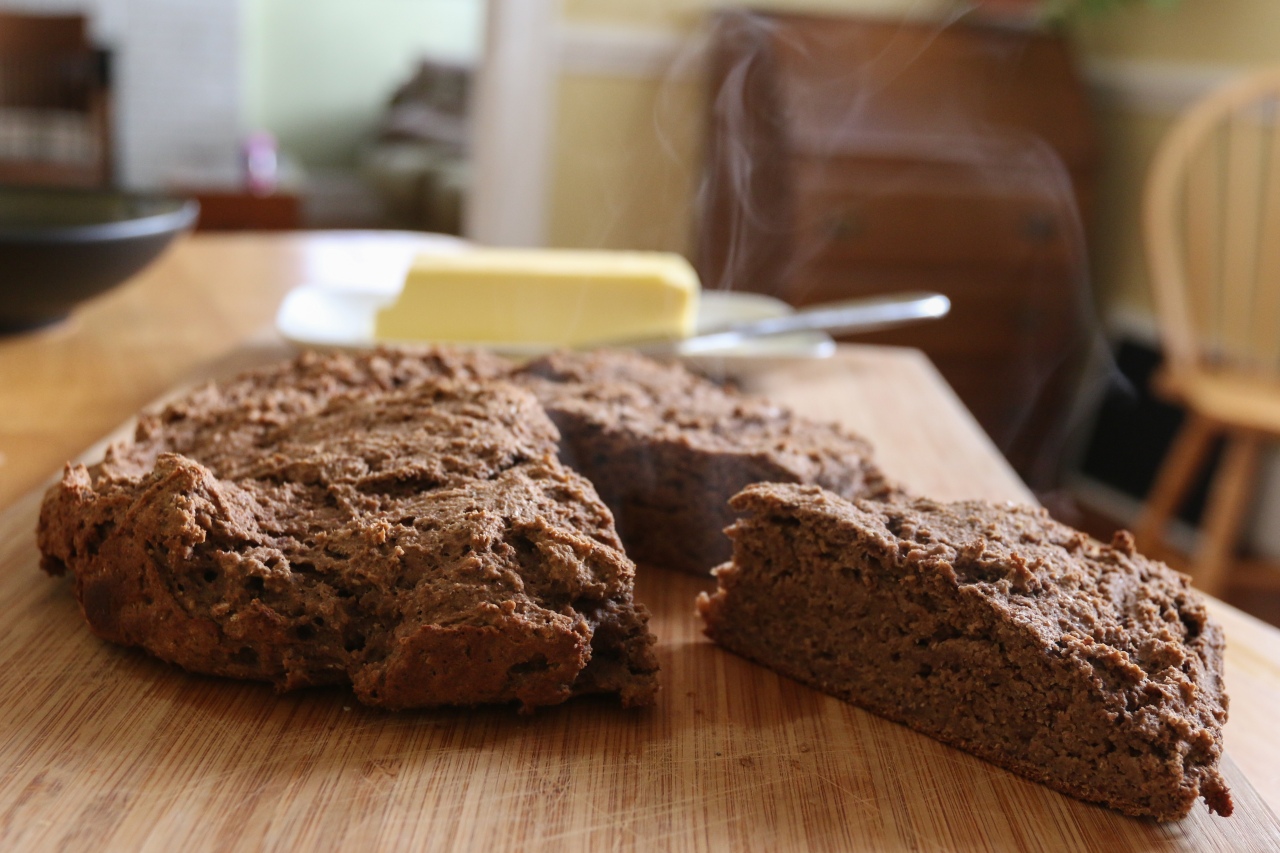
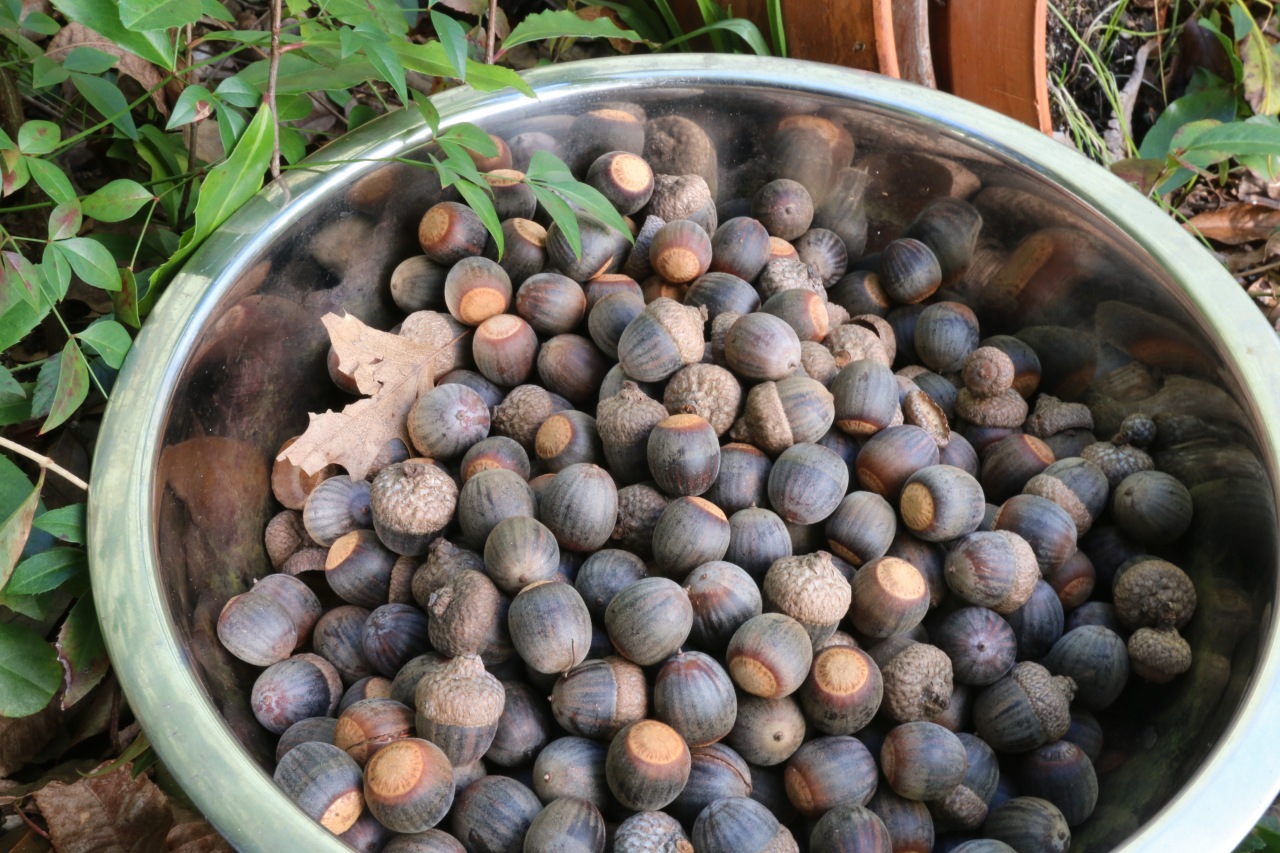
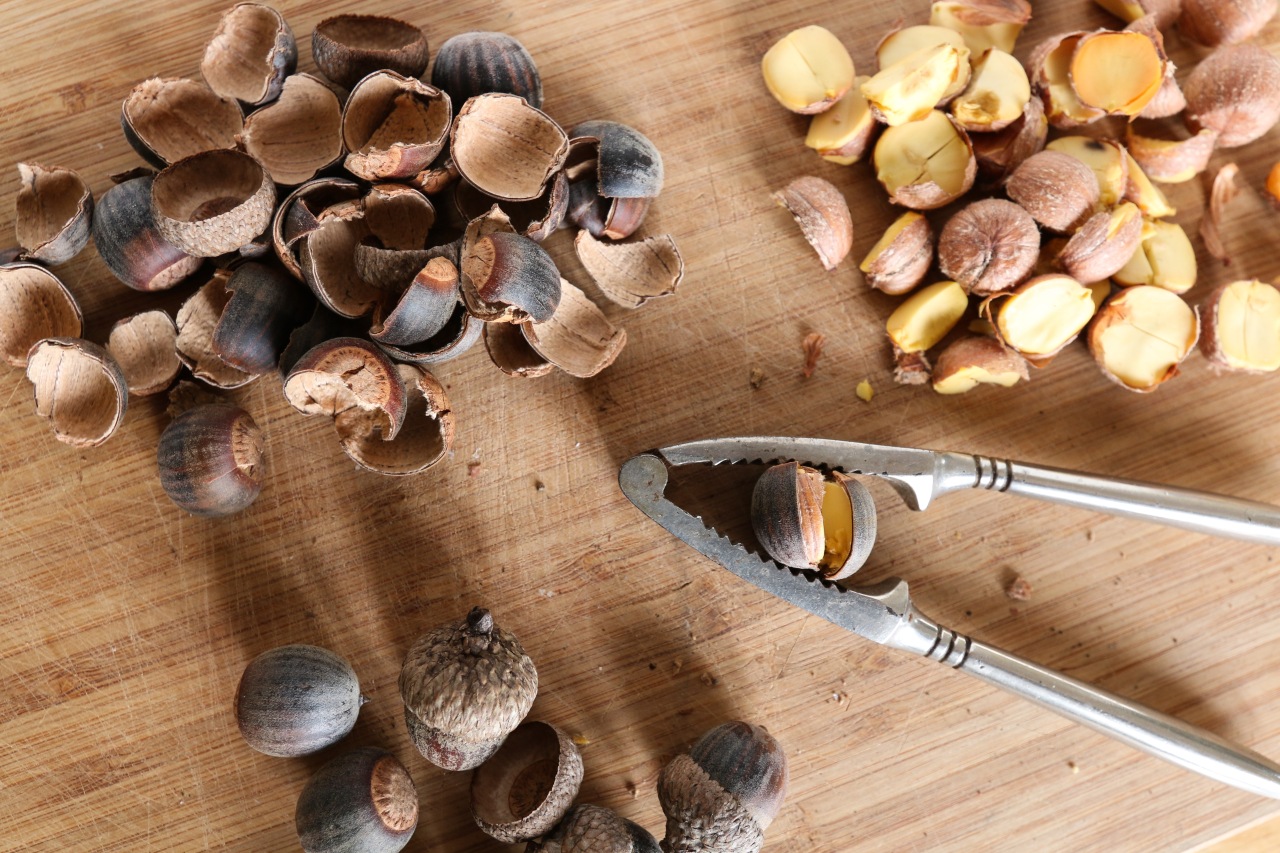
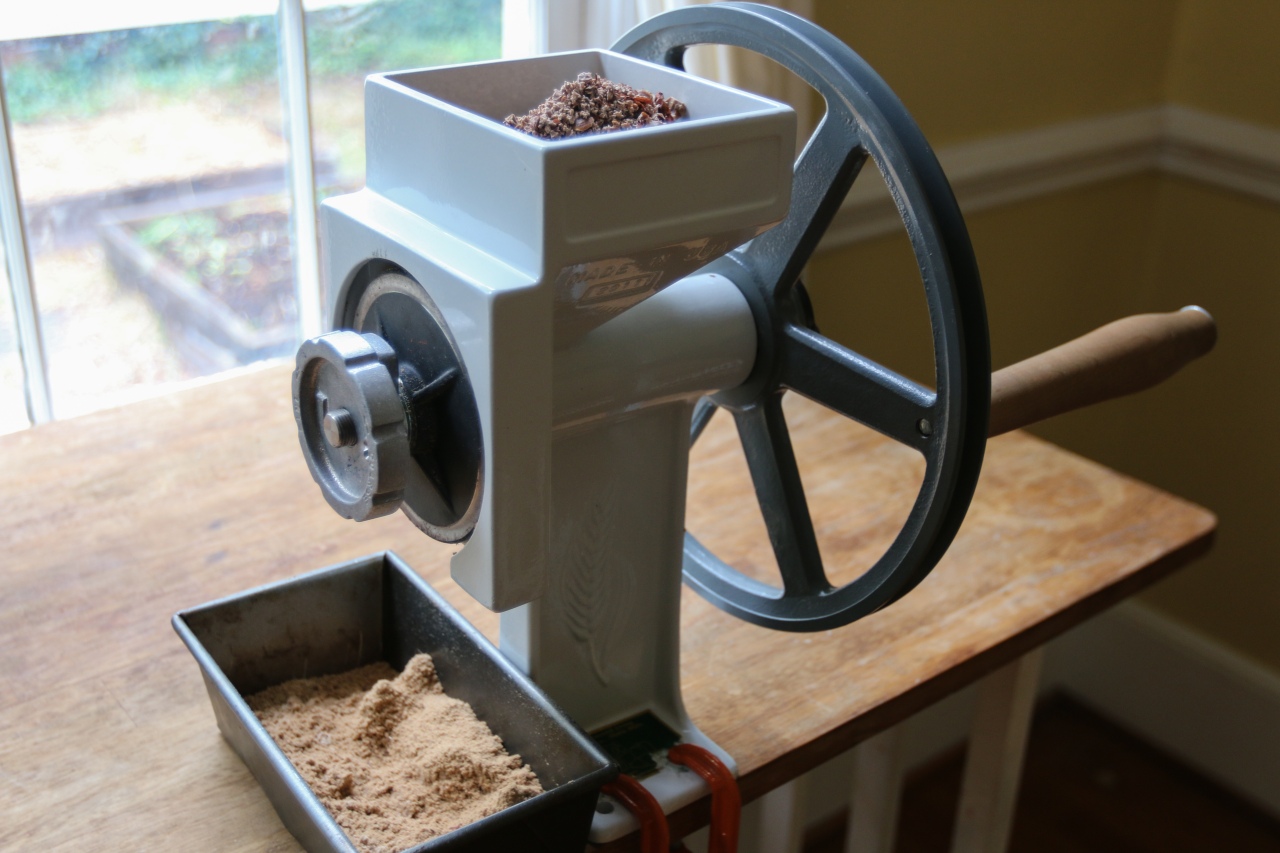



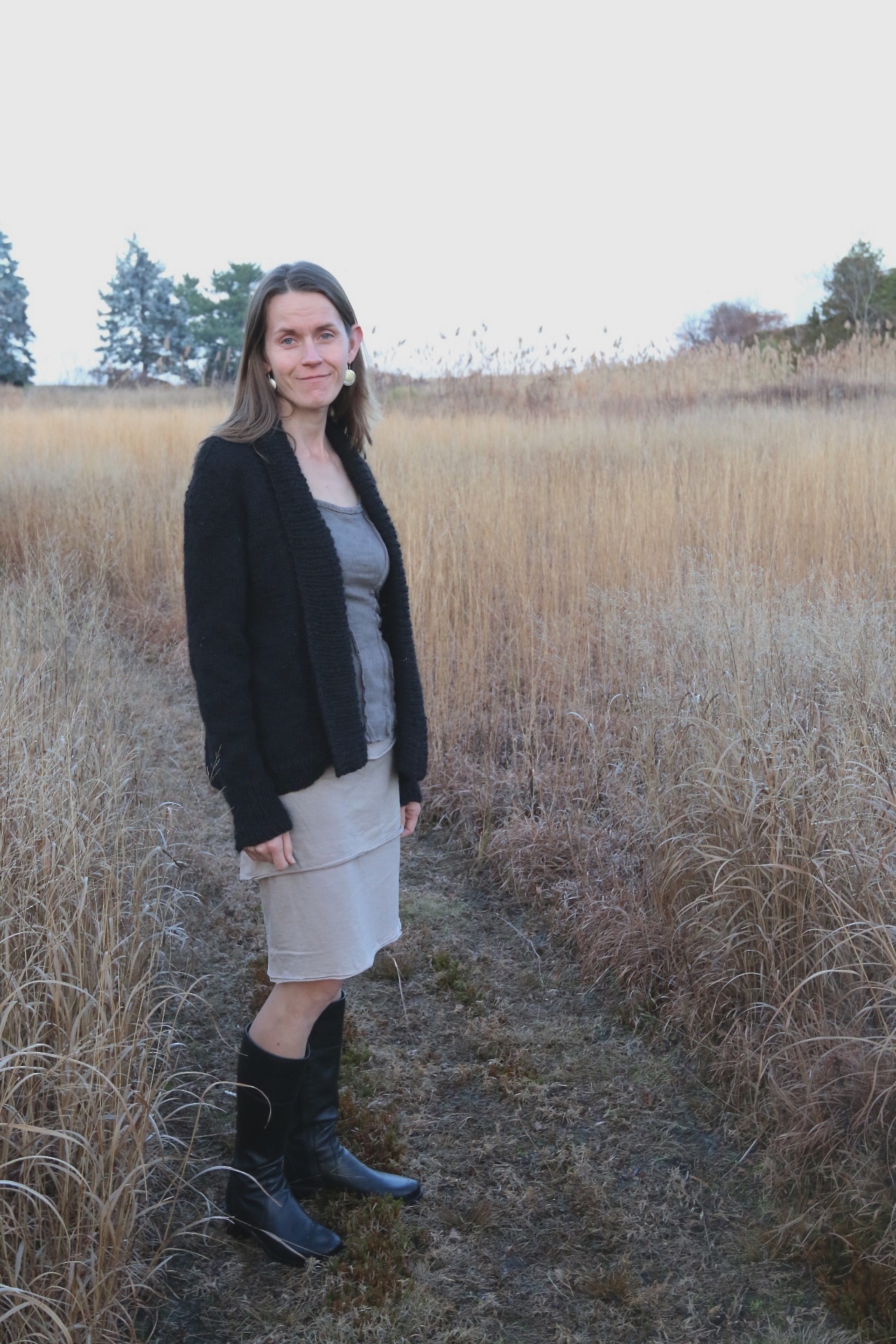
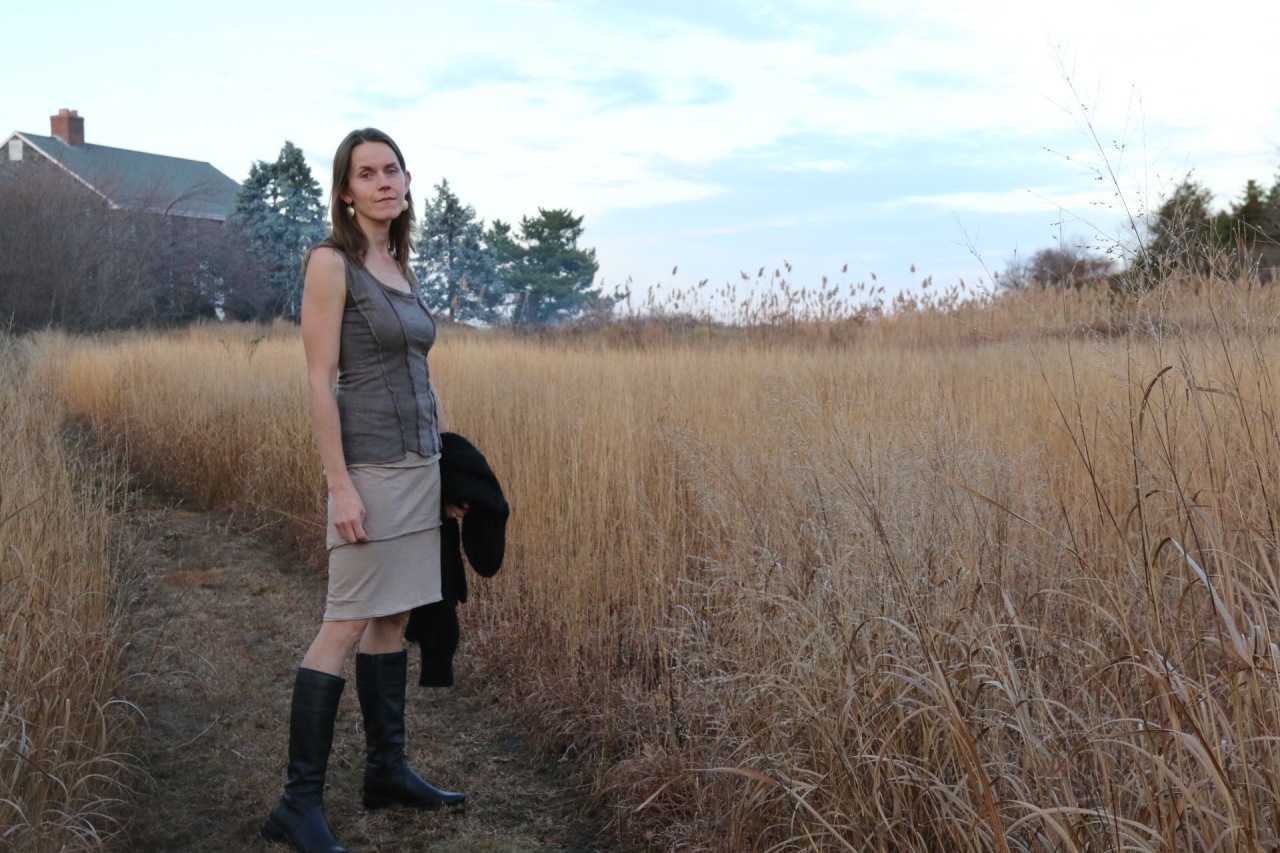
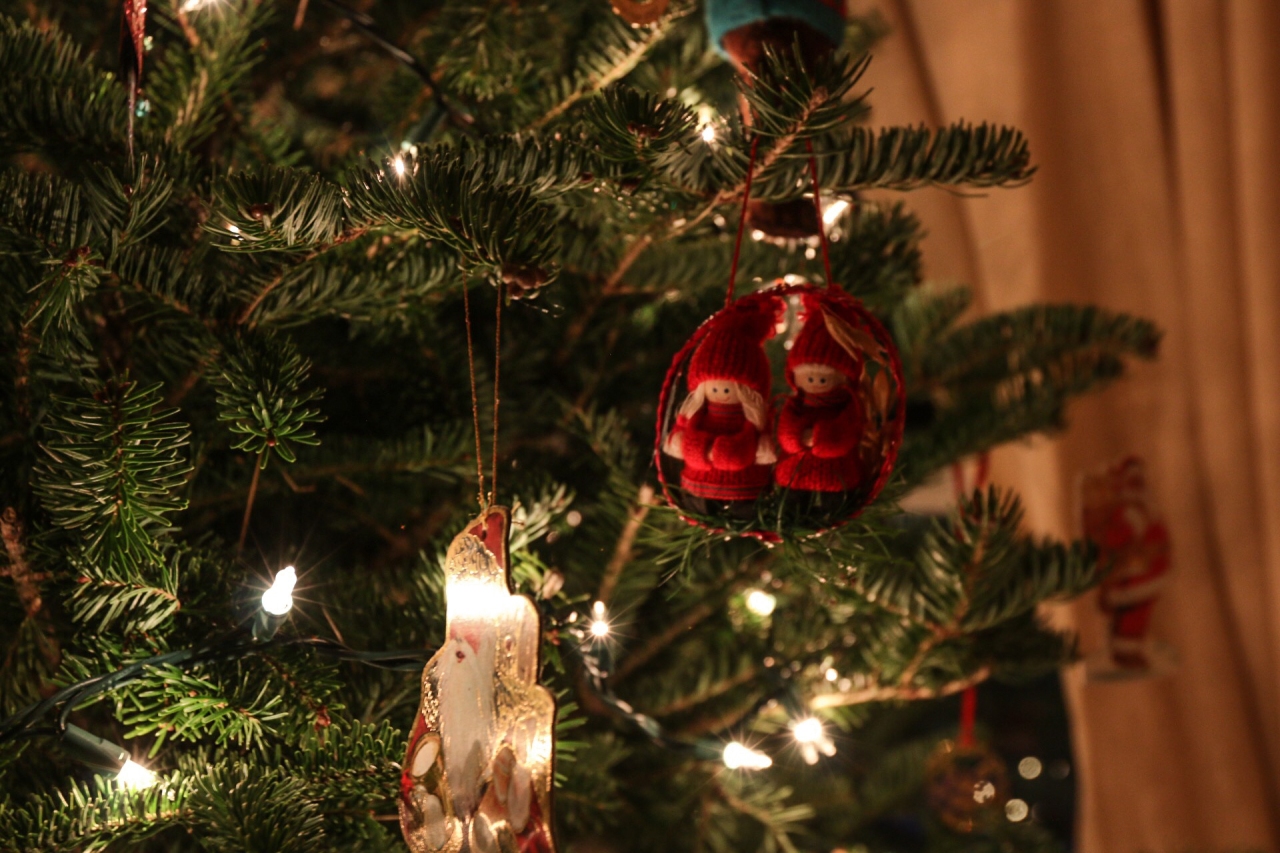 This is my fifth year of engaging in this process, this annual inventory, and it has become a personal tradition that I truly love — and fundamentally feel that I need. It really is very powerful. Each year, before beginning, I read my notes from the previous year’s reflections, and each time I’m astounded by how the insights and intentions and commitments from that time have unfolded and borne fruit, often in unexpected ways.
This is my fifth year of engaging in this process, this annual inventory, and it has become a personal tradition that I truly love — and fundamentally feel that I need. It really is very powerful. Each year, before beginning, I read my notes from the previous year’s reflections, and each time I’m astounded by how the insights and intentions and commitments from that time have unfolded and borne fruit, often in unexpected ways.